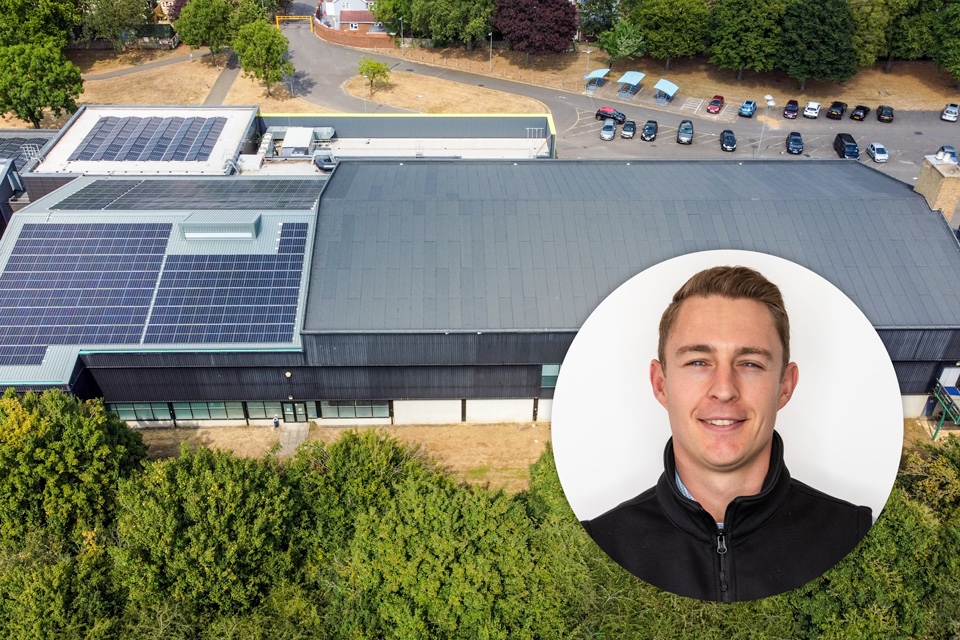For the latest instalment of our FM industry executive interview series, we spoke to Ben Whitemore (pictured), Technical Product Manager at Garland UK, about the roofing challenges faced by facilities managers and how sustainable roof systems can help meet environmental targets…
Tell us about your company and services
Garland UK manufactures high-quality roofing and waterproofing systems for the commercial, residential, industrial and public sectors. We partner with facilities managers, surveyors, and architects to deliver proactive and long-term waterproofing solutions for all roofing assets. For over 20 years now, our Technical Managers have developed partnerships with over 4,500 private companies, education estates, NHS Trusts and councils across the UK as a single point of contact for each customer.
What have been the biggest challenges the FM industry has faced in recent months?
In recent months we have seen a fundamental shift in conversations around sustainability and how we can make our buildings more sustainable. We’ve seen the FM industry respond to increasing government regulations and ensure their organisation’s environmental initiatives are met.
The energy crisis has put significant pressure on facilities managers, stretching budgets to tackle these issues, making budgetary planning a real challenge. At the moment, our conversations with FM clients revolve heavily around reducing operational carbon and how we can improve the thermal efficiency of their buildings and generate renewable energy at scale through solar PV roof installations.
What are the most prominent roofing challenges for commercial buildings?
The obvious roofing challenges are around maintenance, with water ingress, standing water and blocked gutters, to name a few. However, one of the most significant roofing challenges we have at the moment is ensuring sustainable roofing systems are fully utilised to help reduce commercial buildings’ embodied and operational carbon impact on the environment.
What solutions can help FMs overcome these challenges?
We always recommend a life cycle costing assessment which allows for the total cost of a given roof project or roofing component to be analysed over its life cycle. It provides an easy and accurate comparison for FMs to review against alternative options for new build and refurbishment projects.
When comparing sustainable roofing systems, such as 100% recyclable metal roofs, green roof systems or even water management blue roofs, our clients can see the cost savings that a long-life system can bring to overall building management and helps to encourage a more robust maintenance program.
You mentioned reducing operational carbon; how can roofing make a difference?
The energy savings that can be achieved through a more insulated roof or a green roofing system can realise immediate environmental benefits and reduce carbon emissions. Installing a renewable energy system, like solar PV, is a brilliant way to reduce operational carbon and the need for fossil fuel consumption and lower your energy bills. We’d always recommend carrying out a Solar Yield Analysis to see what kind of kWh yields are generated, annual carbon emissions avoided and the return on investment, which can be in as little as 4 years.







